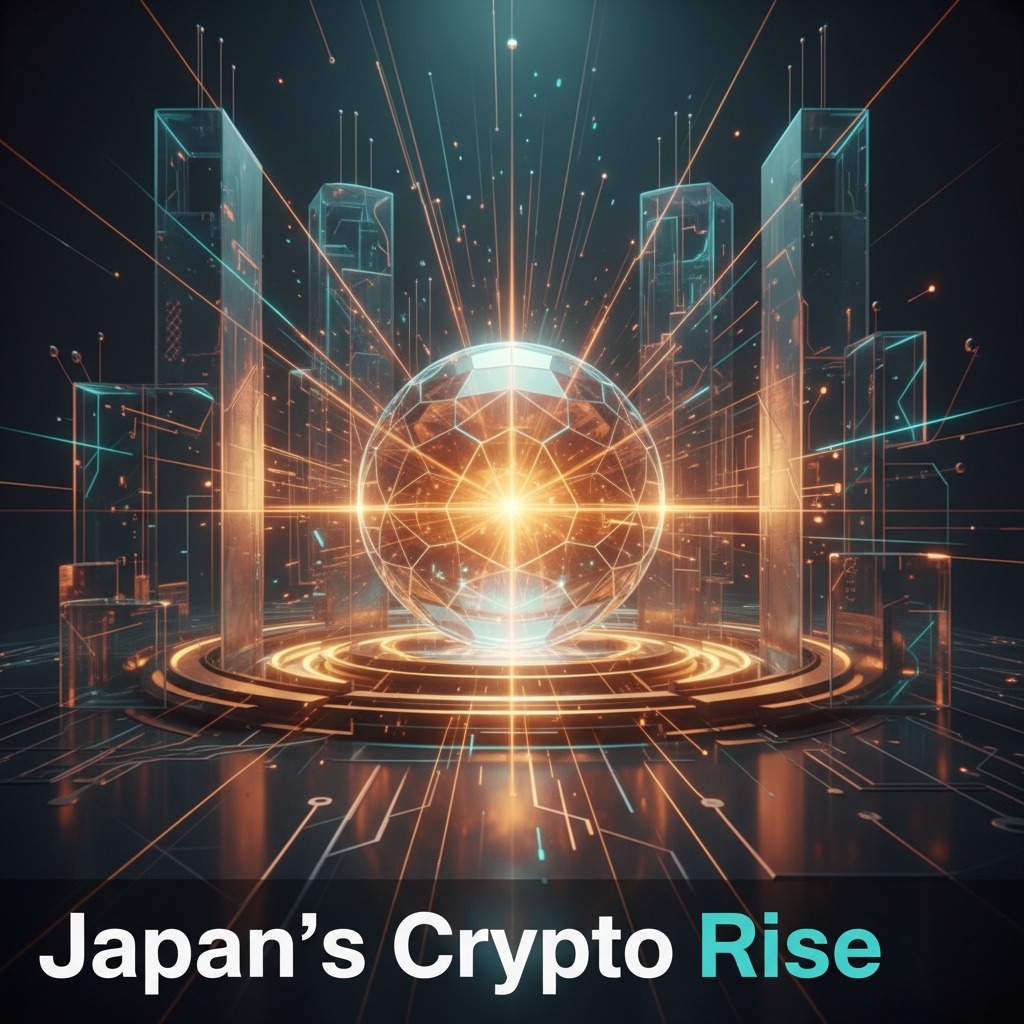In the world of cryptocurrency, Asia has long been characterized by a rivalry between two major hubs: Singapore and Hong Kong. However, recent developments suggest that Japan, once considered an overly regulated market, is on the verge of reclaiming its position as a key player in the Asian crypto scene.
During the recent Token2049 event, discussions shifted from the established competition between Singapore and Hong Kong to a newfound interest in Japan’s evolving regulatory framework. No longer viewed merely as a relic of the crypto boom and bust earlier in the decade, Japan is being recognized for its credible trading volume, robust staking infrastructure, and increasing institutional interest.
Konstantin Richter, CEO of Blockdaemon, commented on Japan’s journey towards effective regulation: “Japan had no regulation for a long time, which contributed to its early crypto development. However, after experiencing significant regulatory tightening, it has now created a scalable framework suitable for institutional participation.” In contrast, Richter noted Singapore’s more turbulent journey, where the rapid influx of crypto businesses led to a need for stricter oversight following high-profile failures like FTX.
After initially welcoming crypto firms with open arms, Singapore’s regulatory body, the Monetary Authority of Singapore (MAS), has recently shifted towards a more cautious approach. This change comes in response to the industry’s growing pains, as the collapse of major exchanges highlighted the necessity for enhanced consumer protection measures. The MAS’s new regulations, set to take effect in 2024, will impose increased compliance costs, stringent audit requirements, and slower licensing processes, forcing some firms that may not cater directly to Singaporean clients to reassess their operations.
Japan, on the other hand, has been navigating complex regulations for years. Following the disastrous incidents involving Mt. Gox in 2014 and Coincheck in 2018, Japanese authorities implemented strict measures regarding licensing, asset segregation, and custody. The advantage of these early regulatory actions is now evident as Japan prepares to slightly ease its regulations for institutional stakeholders, including allowances for staking and a clearer pathway for crypto-backed ETFs.
Richter further highlighted the appeal of Japan’s transparent and secure regulatory environment: “Asian institutional clients, particularly those in Japan, are willing to invest in high-quality infrastructure—contrasting with Europe, where firms might prioritize cost savings.” This investor confidence is bolstered by a shift in Japan’s monetary policy, which recently ended years of negative interest rates. As a result, opportunities such as a 3% yield from ETH staking present an enticing alternative compared to domestic treasury yields.
The interest in Japan’s crypto landscape is not limited to regulatory advancements. Major exchanges are taking actionable steps to capitalize on this evolving environment. For example, derivatives exchange BitMEX recently relocated its data center to Tokyo, signaling a strategic move to be closer to emerging opportunities in the region.
As Japan’s regulatory framework continues to mature, it is positioned to offer a contrast to the more reactive strategies seen in Singapore and Hong Kong. The focus on investor protection, clear oversight, and high institutional yields raises an intriguing question for the traditional hubs of cryptocurrency: how will they adapt to retain their competitive edge?
In conclusion, Japan’s gradual emergence as a formidable competitor in Asia’s crypto landscape symbolizes an evolving power dynamic. With a well-structured regulatory framework that is conducive to institutional growth, Japan is ready to attract new players and retain existing ones in an increasingly competitive region.



